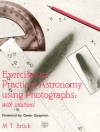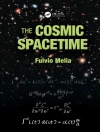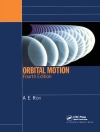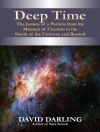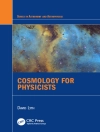Conflicting Models for the Origin of Life
Conflicting Models for the Origin of Life provides a forum to compare and contrast the many hypotheses that have been put forward to explain the origin of life.
There is a revolution brewing in the field of Origin of Life: in the process of trying to figure out how Life started, many researchers believe there is an impending second creation of life, not necessarily biological. Up-to-date understanding is needed to prepare us for the technological, and societal changes it would bring. Schrodinger’s 1944 ‘What is life?’ included the insight of an information carrier, which inspired the discovery of the structure of DNA. In ‘Conflicting Models of the Origin of Life’ a selection of the world’s experts are brought together to cover different aspects of the research: from progress towards synthetic life – artificial cells and sub-cellular components, to new definitions of life and the unexpected places life could (have) emerge(d). Chapters also cover fundamental questions of how memory could emerge from memoryless processes, and how we can tell if a molecule may have emerged from life. Similarly, cutting-edge research discusses plausible reactions for the emergence of life both on Earth and on exoplanets. Additional perspectives from geologists, philosophers and even roboticists thinking about the origin of life round out this volume. The text is a state-of-the-art snapshot of the latest developments on the emergence of life, to be used both in graduate classes and by citizen scientists.
Audience
Researchers in any area of astrobiology, as well as others interested in the origins of life, will find a modern and current review of the field and the current debates and obstacles. This book will clearly illustrate the current state-of-the-art and engage the imagination and creativity of experts across many disciplines.
Despre autor
Stoyan Smoukov, Ph D, is a Professor at Queen Mary University of London, leading the Active & Intelligent Materials (AIM) Lab (previously from 2012-2017 at the University of Cambridge). He has led pioneering research in multi-functional materials with the support of the prestigious European Research Council individual ERC grant. His focus on bottom-up design for inanimate materials has yielded novel artificial muscles, supercapacitors, multifunctional materials which can replace whole devices, the discovery of artificial morphogenesis, and combinatorial approaches to multi-functionality. Prof. Smoukov has published more than 95 journal papers, cited over 4000 times, with an H-index of 35.
Joseph Seckbach, Ph D, is a retired senior academician at The Hebrew University of Jerusalem, Israel. He earned his Ph D from the University of Chicago and did a post-doctorate in the Division of Biology at Caltech, in Pasadena, CA. He served at Louisiana State University (LSU), Baton Rouge, LA, USA, as the first selected Chair for the Louisiana Sea Grant and Technology transfer. Professor Joseph Seckbach has edited over 40 scientific books and authored about 140 scientific articles.
Richard Gordon, Ph D, is a theoretical biologist who retired from the Department of Radiology, University of Manitoba in 2011. Presently he is at Gulf Specimen Marine Lab & Aquarium, Panacea, Florida. His interest in exobiology (now astrobiology) dates from 1960s undergraduate work on organic matter in the Orgueil meteorite with Edward Anders. He has published critical reviews of panspermia and the history of discoveries of life in meteorites, and with Stoyan Smoukov, worked on shaped droplets supporting the Archaea First Hypothesis.


